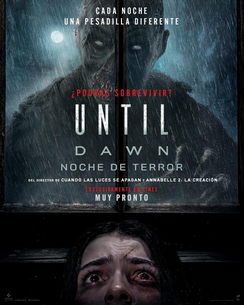![‘Silent Hill’: Alessa’s Anguish Made Manifest [Nightmares in the Fog] ‘Silent Hill’: Alessa’s Anguish Made Manifest [Nightmares in the Fog]](https://www.dreadcentral.com/wp-content/uploads/2022/12/silenthill.png)
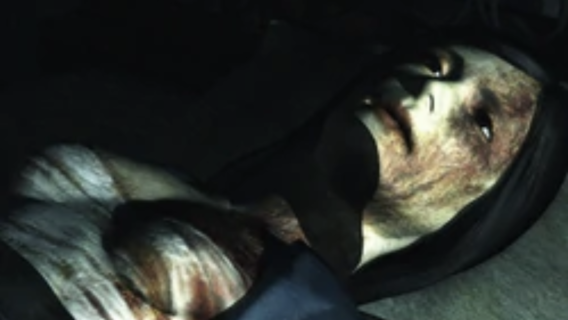
Disclaimer: This article contains spoilers for Silent Hill (1999) and Silent Hill 3 (2003).
On February 23rd, 1999, a small team of eccentric developers known colloquially as “Team Silent” changed the landscape of horror gaming forever with the release of their first title, Silent Hill. The game was Konami’s answer to Capcom’s highly successful Resident Evil survival horror series. What was meant to serve as a simple cash-in on a rising trend of the times would end up surprising both Konami and players alike with its bizarre and unsettling approach to horror storytelling.
“The fear of blood tends to create fear for the flesh.”
That one game would go on to spawn seven main title sequels (with an eighth on the way), numerous spinoffs for various platforms, merchandise, and an infamous series of pachislot machines in Japan. Yet, ever since Guillermo del Toro and Hideo Kojima’s Silent Hills was unceremoniously canceled back in 2015, the town of Silent Hill has become…well…silent. At least, that was the case up until the recent Silent Hill Transmissionthat went live on YouTube on October 19th, 2022.
With new games on the way, I have been drawn back into the snowy fog of that quiet town with the goal in mind of exploring the nightmares that lurk within. Welcome to Nightmares in the Fog.
For many Silent Hill fans, the best way to describe what makes the franchise so special is simply “the mood.” While mood and atmosphere serve to complement the story or mechanics of most games, they are front and center in a Silent Hill game. Even the franchise’s most tepid installments–which will be covered in this column–utilize atmosphere to push their story forward. Although each game may vary drastically from the other in regards to the quality of its story, gameplay, or aesthetic decisions, one thing they all share is that the main aesthetic themes and creature designs are made to represent a specific character’s trauma(s) and/or sins.
What fascinates me most about this is that each game shifts the focus of who exactly is represented through the visual and audio aesthetic choices found throughout. Sometimes you are tormented by manifestations conjured up by the psyche of the character you control. Other times you are dragged through the internal hellscape of someone you have never met. Given the abstract nature of both the visuals and soundscapes present in a Silent Hill game, it is easy to write them off as arbitrary experiments in instilling the player with fear. To some extent, this is true, but make no mistake, what you see and what you hear throughout your playtime is always directly linked to someone specific. Likewise, they both speak volumes about the psychological turmoil that a certain someone is going through at that time.
BEHIND THE FOG: A Brief Synopsis of Silent Hill
Although this might make this a somewhat lengthy read, I think it is crucial to briefly go over the main narrative beats of the game under discussion in this installment. This will be much briefer for later games, but there is a fair bit to cover for this first edition.
If you are familiar with the story of the Silent Hill games and want to get straight into the analysis of its aesthetic elements, please scroll ahead to the next section.
In the first entry of the franchise, Silent Hill, the focus is squarely on Alessa Gillespie. The events of every single story that follows stem from the misfortune of this one girl. Alessa was born and raised in Silent Hill. From a young age, it was apparent to everyone around her that she possessed supernatural abilities. The extent of her power was unknown, but it was a tantalizing notion for the sinister cult that influenced every social decision within the town for centuries. Her mother, Dahlia Gillespie, served as the head of the cult throughout Alessa’s childhood. Convinced that Alessa’s powers were a sign that she was destined to give birth to their god, Dahlia conducted a ritual of fire in the basement of their family home. The resulting inferno from the ritual ended up burning down several houses on their street. Alessa was engulfed in the flames and presumed dead. Unfortunately for her and for everyone in that quiet town…she survived.
Dahlia arranged for Alessa to be cared for in a secure wing of Alchemilla Hospital, where she remained for the next seven years. Her body refused to die despite her wounds refusing to heal. For seven years she lay in that hospital bed in pure agony. For seven years her fury spread throughout the town like a hellish plague. By the time we follow Harry Mason into the dreary fog that has overtaken the area, the town of Silent Hill has long since been transformed into a nightmarish reflection of Alessa’s mental and physical torment. Seven years of anguish made manifest.
These events all took place prior to everything that happens throughout actual gameplay. They are uncovered as Harry Mason, the game’s protagonist, searches for his seven-year-old daughter, Cheryl, after they wreck their car outside of town. In his pursuit of Cheryl, Harry uncovers all of the dark secrets hiding within the fog of Silent Hill. Gnarled monsters roam the streets and buildings, and the very world itself transforms at the howling call of air raid sirens. The only thing keeping him going is his drive to protect Cherly at all costs.
Ultimately, it is revealed that Cheryl is an anomaly created by Alessa to keep herself from birthing God. She split her soul into two during Dahlia’s ritual all those years ago. That is why she never died and her power continued to consume the town. She was only a part of her full self. Dahlia takes advantage of Harry’s vulnerability, using him to set the stage for Cheryl and Alessa to become one soul once more. Finally, she will raise God through Alessa. Depending on your actions throughout the game she either succeeds, fails, or something far worse happens.
INTO THE FOG: Visual Storytelling in Silent Hill
Alessa’s story is already quite compelling in its own right, but what I find most compelling is how the game tells it to us. A lot of what I described in the previous section about Alessa’s suffering and rage is explained in the game through the cutscenes, but most of it is actually found within the gameplay itself. Information is scattered throughout in the form of cryptic notes, epitaphs under paintings, and Harry’s speculative thoughts. However, none of these informative tools say anything about the nature of Alessa’s powers or her pain. We do find information about her wounds continuously getting worse without her ever dying, but very little is said about Alessa’s emotions. Instead, we are given this information through the game’s aesthetics.
In the official Japanese strategy guide for Silent Hill 3, there’s a mini compendium added to the end of the guide that outlines the plot, characters, town timeline, and developer notes for the first three games of the franchise entitled, “The Book of Lost Memories.” It is made clear in this compendium that all of the enemies fought in the first Silent Hill game are manifestations of Alessa’s fears and/or memories. Since each enemy is already explained in detail in the guide, I won’t spend much time going through what each one represents. Rather, what I find even more interesting to hone in on is what they convey without the knowledge from the guide.
I want to preface this section by pointing out that I am aware that most of the visual decisions made in the first few games were due to the devs trying to work with/around the limitations of the technology of the time. Still, that does not mean that the aesthetic choices on display say nothing about characterization or storytelling. As we will come to find throughout this column, that could not be farther from the truth with this particular franchise. With that said, let’s start by taking an uncomfortably close look at the visual aesthetics of the game.
The first, and perhaps most renowned, visual element players were introduced to was the fog. It engulfs every crevice of the town’s exterior. From the outset, we are confronted with the image of melancholy, quiet despair, and creeping anxiety. A blanket of fog obscures our vision, and we are in unfamiliar territory. Before we can find any comfort in the near tranquility of the snowy fog, the scenery changes right before our eyes. The fog is replaced with inky shadows, the roads and alleyways become rusted chain link fencing, and derelict hospital equipment can be found scattered across the landscape. Body bags, cadavers, congealed blood, and other forms of viscera are placed around the area like perverse decorations. We have now entered: The Otherworld.
The developers have wasted no time in presenting the player with the core experience of the game. Within the first five minutes of gameplay, we are made to feel displaced, confused, unnerved, terrified, and disturbed in a masterfully paced gradient. This pattern is the foundation of every major entry in the franchise. It is also done in intense and harrowing ways. Before we are even aware of Alessa or The Order, we are confronted with their situation. Experiencing this moment after knowing the story of the game enhances it further for me. There is now a dark tragedy behind it all. The extreme visuals of the Otherworld now feel as if they were only a fraction of the pain Alessa was experiencing physically and mentally.
Then there are the monsters.
Every Silent Hill game is teeming with bloodthirsty creatures looking to destroy you at every moment. All of the enemies found in the first game are representations of Alessa’s fears as a child. We go toe-to-toe with hideous dogs, giant insects, the charred remains of children who wield knives, and hunched nurses that moan as you beat them, just to name a few. Representations aside, the way they look conjures up many nightmarish connotations. The animalistic monstrosities all have human-like flesh that is stretched, torn, and burned.
In the Otherworld some of them have their heads replaced with a clump of writhing worms. Every enemy feels unsettlingly grotesque, yet also oddly familiar. The more humanoid enemies such as the nurses and doctors are depicted as flailing corpses with a parasite writhing in their backs (the only concept to remain unique to this game alone, and therefore remains a bit of a mystery for fans).
There is far more in regard to the game’s visual themes, including religious iconography, allusions to pregnancy, the quirky Twin Peaks-style town and character models, and much more. The Silent Hill games are rich in their use of visual storytelling, and I would encourage readers to keep digging to get a feel for all it has to say visually. For the sake of keeping this edition from running too long, I will shift focus to what I feel is what makes a Silent Hill game stand out in a sea of other survival horror titles. Let’s talk about audio storytelling for a moment.
FROM FOG TO STATIC: Audio Storytelling in Silent Hill
A Silent Hill game is aesthetically curated at every level, including its audio design. For some fans, sound design is the most defining quality of each game. Team Silent has brilliantly woven Alessa’s influence into every piece of music and sound effect.
Akira Yamaoka’s scores for these games combine elements of industrial music, dark ambiance, and trip-hop. For this first entry, he crafted a soundtrack that is predominantly ambiance with industrial sounds echoing through dreary synth. Much of the game is silent, as the game’s title would have you expect. This serves to heighten the sounds of nearby enemies, Harry’s ragged breathing, and the iconic sound of static as an enemy draws near. Radio static has become just as synonymous with Silent Hill as a foggy day. The two combine perfectly to create a thick air of tension in the quieter areas of the game. Due to the fog it is impossible to see what lies ahead. Your portable radio helps you mentally prepare for the horrors that await. Still, what exactly is there remains a mystery until you are face-to-face.
Likewise, the sound of air raid sirens becomes the stuff of literal nightmares in this game. It signals the transition between the “normal” world (I use scare quotes here because neither version of Silent Hill is a true reality) and the Otherworld. If the static is the audio equivalent of the fog, then the sirens are akin to the blood-stained grating of the Otherworld. Both feel like abstract manifestations of Alessa’s mind screaming out into the world.
Even the game’s theme crashes into the listener’s ears with an odd blend of intense madness and disturbingly comforting tones like a hate-fueled lullaby. Alessa can be felt in every single frequency of this game. From the ear-shatteringly loud flapping of bird wings as they swoop in to claw at your face, to the creaking of metal that marks the game’s eeriest moments, the game’s sound design evokes Alessa’s rage to profound effect. We are sensorily attacked by all of the sounds Alessa reviled most. Without them, Silent Hill would still have an effective story with stunning visuals, but it would lack a true sense of how it feels to be in Alessa’s Hell.
Welcome To Silent Hill
Silent Hill lives and breathes via aesthetics. All of the games in the franchise do. Yes, even the ones you may not like. I want to wrap things up this time with a quote from Jacob’s Ladder (1992) that was recently shared on Twitter by the Art Director for the first four games, Masahiro Ito:
“The only thing that burns in Hell is the part of you that won’t let go of life. Your memories. Your achievements. They burn them all away. But, they’re not punishing you[.] They’re freeing your soul. So, […] if you’re frightened of dying and you’re holding on, you’ll see devils tearing your life away. But if you’ve made your peace, then the devils are really angels, freeing you from the Earth.”
Alessa had no devils or angels present to free her soul. Instead, she was surrounded by the devils in the real world. She was tormented by her peers, used by the townsfolk, and maimed by her own mother in the pursuit of a god she never wanted to know. Her fury can be seen and felt in Silent Hill. She was her own devil. Her own angel. She freed her soul twice, but she has yet to find peace. Now she is the devil or angel to anyone (un)lucky enough to step foot into her emotional hellscape. They must free their own souls just as she freed hers.
Keep this in mind for next time, as we explore the unsettling horrors of Silent Hill 2.




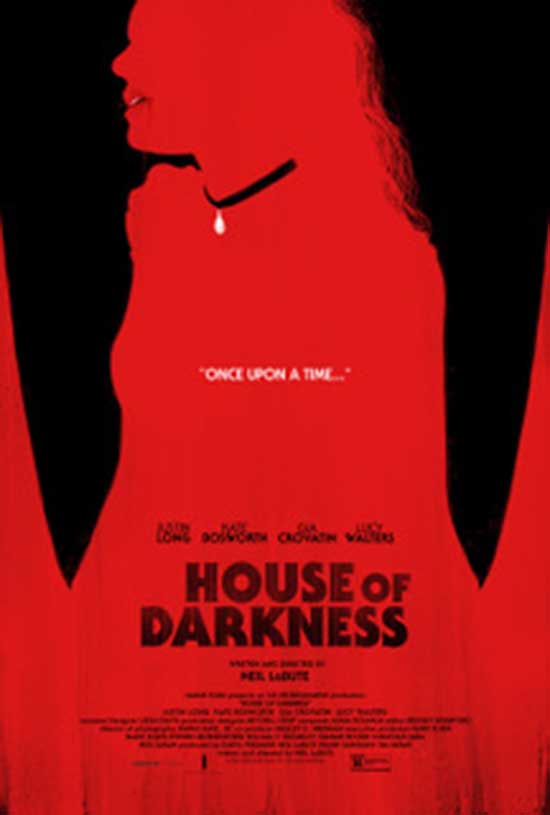


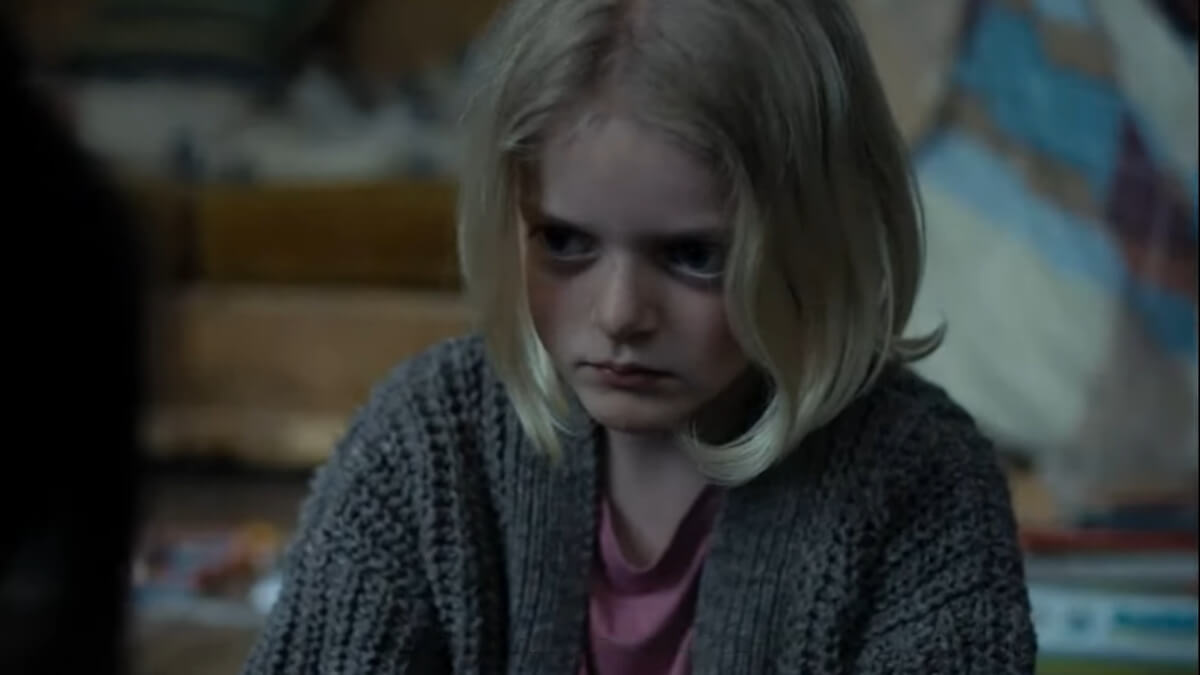
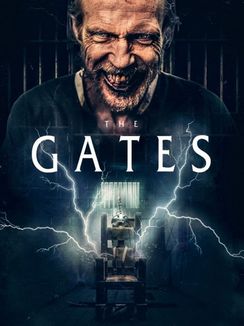
![‘The Virgin of the Quarry Lake’ is Harrowing [Sundance 2025 Review] ‘The Virgin of the Quarry Lake’ is Harrowing [Sundance 2025 Review]](https://www.dreadcentral.com/cdn-cgi/image/width=1920,height=1277,fit=crop,quality=80,format=auto,onerror=redirect,metadata=none/wp-content/uploads/2025/01/Jornada-13-37.jpg)







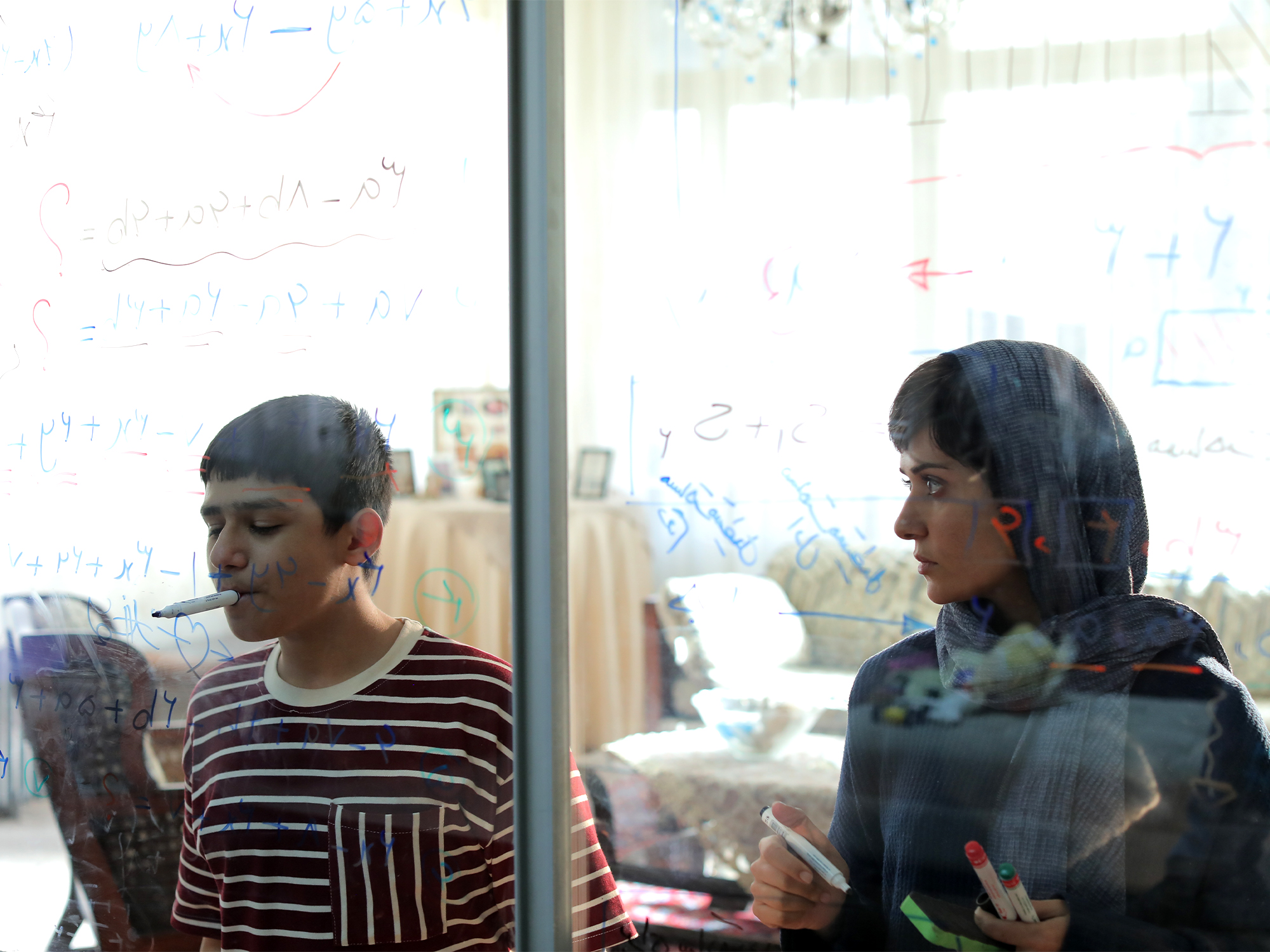








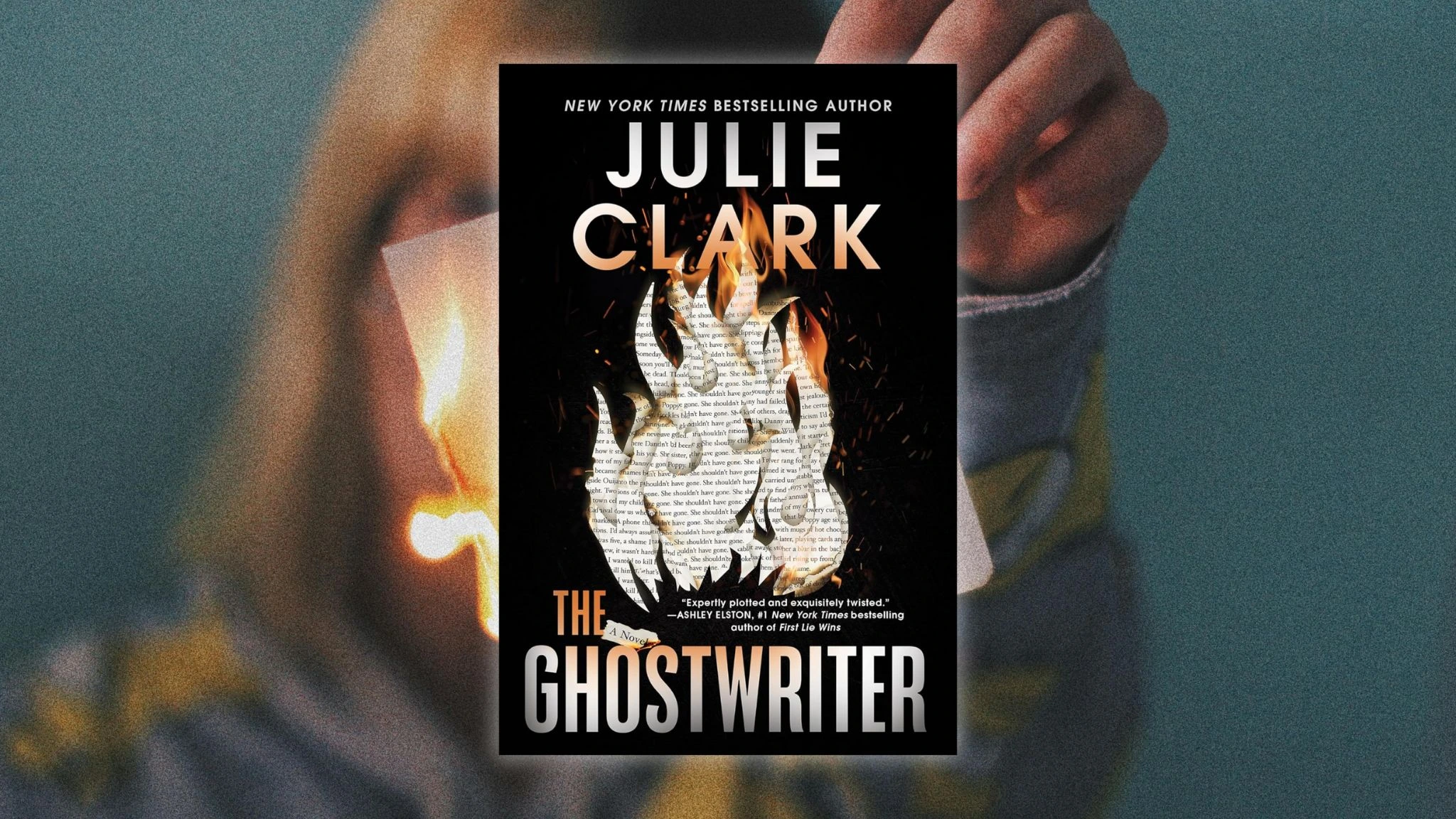
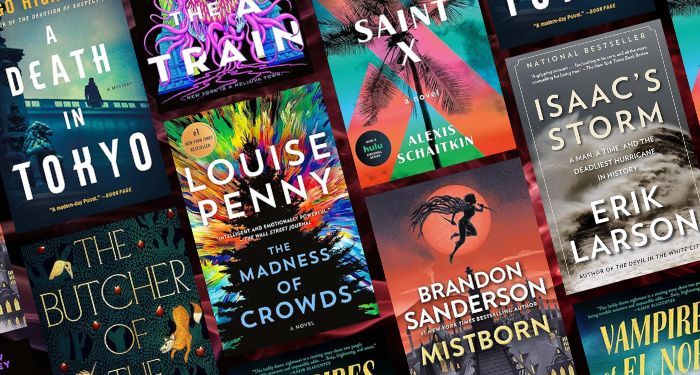



:quality(85):upscale()/2025/05/19/981/n/1922564/93076eb0682bb18c994e06.89379902_.png)

:quality(85):upscale()/2025/05/23/715/n/1922564/1e63d6e168309df259d956.72331408_.png)


